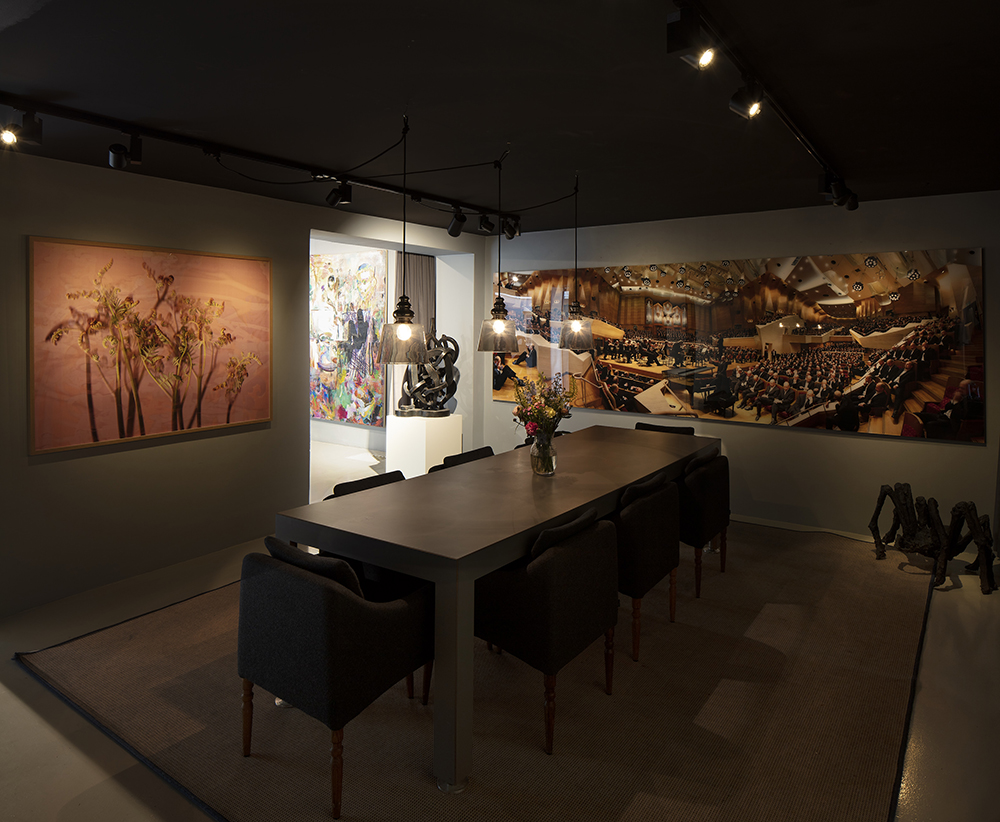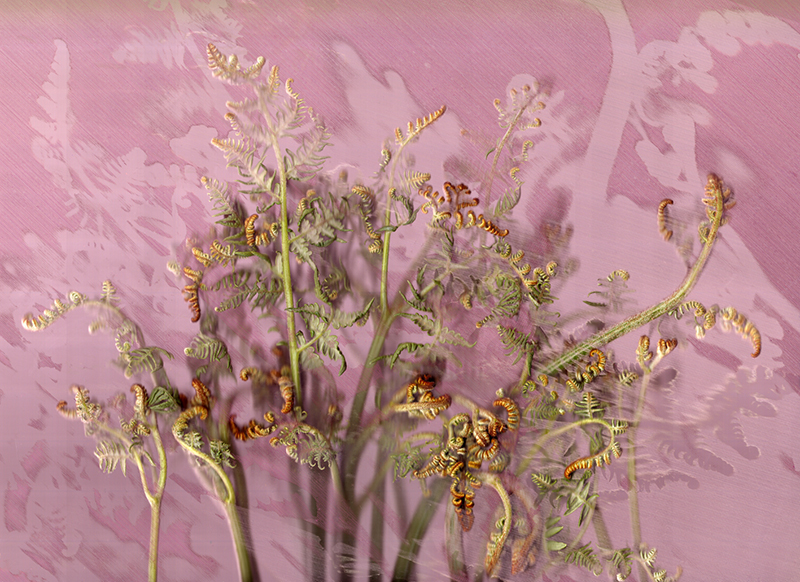
© Morten Kamper Jacobsen
Martin Asbæk Gallery invites contemporary photographers to celebrate Summer in the City
Although currently heading into its final weeks, the annual summer show at Martin Asbæk Gallery, Copenhagen remains a beacon for contemporary photography enthusiasts. Now in its 16th year, Summer in the City highlights the work of the gallery’s thirty resident artists, among them many groundbreaking women photographers. The roster reflects the gallery’s commitment to ‘equal representation for artists, regardless of gender’, and continues their ethos of working ‘actively for female representation within the arts’.

Helen Sear - Flatbed Rococo 1, 2021, Archival Giclée print on paper / © Courtesy the artist & Martin Asbæk Gallery
In keeping with the tradition of the event, each participating artist has contributed new work, allowing the show to chart the trajectory of their creative development throughout the years. The gallery’s three floors feature a myriad of paintings, sculptures, and photographs. Examples of the latter exemplify how the contributing artists are pushing the boundaries of photo-based art; the integration of mixed media into their practice increases the diversity of the display, amplifying the exhibition’s kaleidoscopic effect.
Two women in photography who are individually recognised for pushing the boundaries in their own work are Contemporary Heroines Elina Brotherus and Helen Sear, both of whom present work in Summer in the City.
Seamlessly pairing depictions of exquisite natural forms with a sharp conceptual focus, Helen Sear is renowned for her powerful evocations of the ‘life force’ of plants, as evidenced by her inclusion in the Dulwich Picture Gallery’s Unearthed: Photography’s Roots, a visual cartography of botanical photography also on display this summer.
Bearing witness to her wider oeuvre, her work in Summer in the City, ‘Flatbed Rococo 1’ (2021), once again harnesses the majesty of the natural world. An archival Giclée print on Hahnemühle archival paper, the piece depicts a clutch of bracken against a subtly multi-tonal pink backdrop, the stem and leaves smudged slightly in an imitation of movement.
The most widely distributed fern in the world, bracken has been dated by fossils to be over 55 million years old. According to Martin Asbæk Gallery, Helen produced the work using a domestic printer as both ‘camera and loom’, combining hand and machine techniques to produce a ‘trompe l’oeil effect referencing the asymmetrical decorative scrolls of the Rococo style’.
Helen’s simultaneous exploration of hand and digital methods echoes her earlier works; in series such as Becoming Forest (2016 – 2019), Helen digitally alters images of trees by endowing them with the painted marks utilised by foresters. Her juxtapositions suggest the longevity of nature alongside – and in spite of – human development; while nature is transcendent, it is also adaptive, enduring by developing new forms.
A sense of transcendentalism also permeates the work of Elina Brotherus, whose ‘Hands’ (2018) forms part of the exhibition. The self portrait – in which a shadowed Elina faces the camera with her palms turned upwards into bright light – is an image from her SEABOUND series, available for public view at Martin Asbæk Gallery for the first time.
Her eleventh monograph, SEABOUND is composed of contemplative photographs of Elina beside the Norweigian coastline. While imbued with an aura of melancholy, there is a playful performativity to many of the images; incorporating her figure into vast landscapes, Elina’s process is ‘guided by chance and filtered through lived life’, grounding the poetry of her work in sensory experience.
Open until the 14th August, Summer in the City presents a valuable opportunity to engage with the ways some of the most renowned women in photography have responded to our finite, mercurial relationship with nature. As summer begins to draw to a close, Helen and Elina’s striking work hints at photography’s potent capacity to mediate this profound connection.
By Katherine Riley











